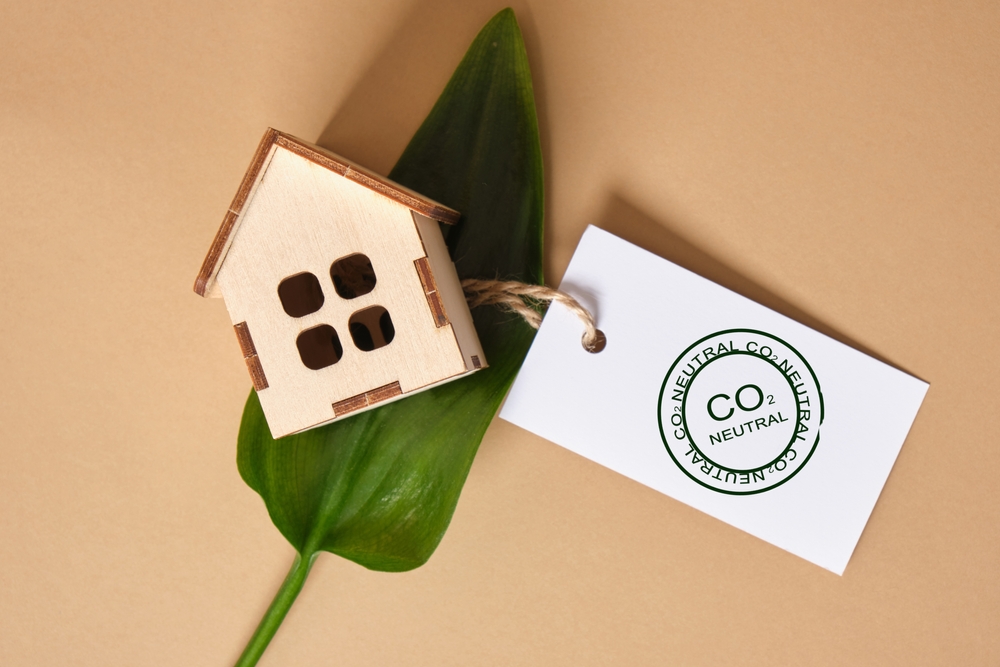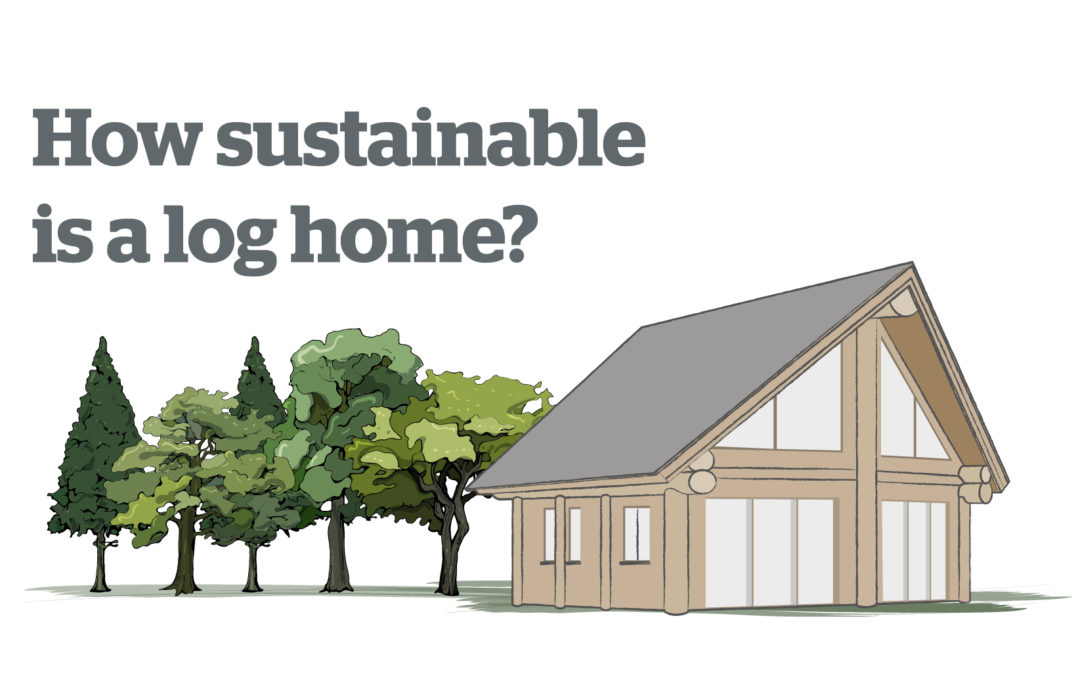wooden houses have emerged as a promising solution for reducing carbon footprints. Unlike traditional materials like concrete and steel, wood offers a renewable, energy-efficient, and environmentally friendly alternative for construction. By understanding the unique properties of wooden houses and their role in combating climate change, it becomes clear why they are a key player in the future of green building.

1. Carbon Sequestration in Wood
Wood is one of nature’s most effective carbon sinks. During their growth, trees absorb carbon dioxide from the atmosphere through photosynthesis, storing it within their fibers. This captured carbon remains locked in the wood even after the tree is harvested and used in construction. By building with wood, homeowners are effectively storing carbon in their homes, helping to offset emissions from other sources.
For example, a standard wooden house can store several tons of carbon dioxide, significantly reducing its overall environmental impact. When compared to materials like concrete or steel, which release carbon during production, wood provides a net-positive environmental benefit.
2. Lower Embodied Energy
Embodied energy refers to the total energy required to extract, process, and transport building materials. Wood has a much lower embodied energy than concrete and steel. The processes involved in harvesting and preparing wood are far less energy-intensive, making it an eco-friendly choice for construction.
In contrast, the production of cement for concrete and the smelting of steel are among the largest industrial contributors to greenhouse gas emissions globally. By choosing wood as a primary building material, the energy demands of construction can be significantly reduced.
3. Energy Efficiency in Wooden Houses
Wooden houses are naturally energy-efficient due to the insulating properties of wood. Wood reduces heat transfer, keeping homes warmer in the winter and cooler in the summer. This reduces the need for artificial heating and cooling systems, leading to lower energy consumption and fewer emissions over the house’s lifetime.
Many modern wooden homes incorporate additional energy-saving technologies, such as:
- Triple-glazed windows for better insulation.
- Solar panels to reduce reliance on fossil fuels.
- Smart home systems to optimize energy usage.
These features further enhance the carbon-reducing potential of wooden houses.

4. Reduced Construction Waste
Wooden houses often generate less waste during construction compared to concrete and steel structures. Prefabrication, a common method in wooden home construction, allows for precise cutting and assembly of materials, reducing offcuts and inefficiencies. Moreover, wood waste is biodegradable and can be reused or recycled, minimizing its impact on landfills.
In contrast, waste from concrete and steel construction is harder to manage and often contributes to environmental degradation.
5. Renewable and Sustainable Resource
Wood is a renewable resource, provided it is sourced responsibly. Sustainable forestry practices ensure that for every tree harvested, new ones are planted, maintaining a balance in ecosystems. Certification programs like the Forest Stewardship Council (FSC) verify that the wood used in construction comes from well-managed forests.
Choosing sustainably sourced wood ensures that the environmental benefits of wooden houses are maximized, while also supporting reforestation and biodiversity.
6. Circular Economy and End-of-Life Benefits
At the end of their lifecycle, wooden houses contribute to a circular economy. Wood can be repurposed, recycled, or composted, ensuring that it continues to benefit the environment even after its primary use. Unlike materials like concrete, which often ends up in landfills, wood remains an environmentally friendly option throughout its lifecycle.
Conclusion
Wooden houses are an effective solution for reducing carbon footprints and promoting sustainable living. Through carbon sequestration, lower embodied energy, and enhanced energy efficiency, these homes align with global efforts to combat climate change. By choosing wood over traditional materials like concrete and steel, homeowners can make a meaningful contribution to a greener future. With their natural beauty, energy-saving properties, and environmental benefits, wooden houses are not just a trend—they’re a step toward a more sustainable world.
